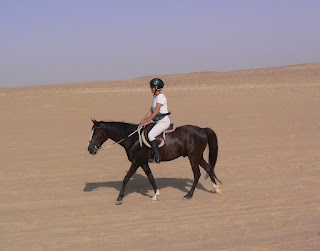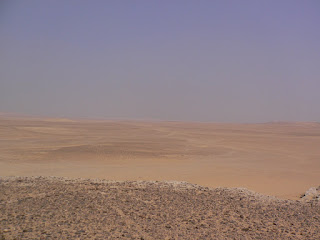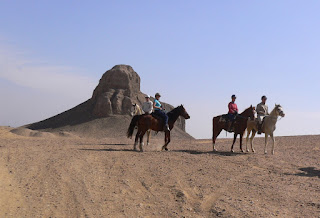
With the running of the Tevis Cup at the end of July this year, there was quite a lot of talk online by people who had either ridden the trail or who wanted to ride it about the different highlights of the ride. One of these highlights was generally acknowledged to be the intriguingly named No Hands Bridge near the end of the ride. Various people posted photos of this bridge often with comments on how it was pretty scary to ride across because of the height of the span. I looked at the photos with considerable interest, because as much as I'd like to ride Tevis, especially with one of my horses, it isn't all that likely to happen. But it's fun to check out the obstacles and challenges to see imagine how one would fare.

We have bridges on our countryside trails too, but they aren't very tall since their primary purpose is crossing the odd irrigation canal. No mountains to make life exciting with their altitude, but the bridges themselves are pretty interesting, and not all of them would be safely navigated on horseback. Some are built to allow access to farms and houses by cars and trucks, so they are nice and broad. Those are the easy bridges.

Most of the bridges across the canals have been placed there for the benefit of humans on foot. Rather than traveling an extra couple of hundred metres down the way to cross the canal on something that is wider than 20 cm, a palm log may be tossed down over the canal. Farmers, their wives, and kids all scamper across these things quite happily sometimes carrying huge baskets of produce. I've never considered these log bridges to be very useful for horseback travel.

Where there are water buffalo or donkeys to cross a canal, obviously a single log isn't going to be sufficient. In this case the log will be accompanied by a number of other logs and a layer of mud and dirt is often applied to provide a decent footing for livestock. These bridges are approached with some caution because the basic support is a palm log or sometimes half of one. Palm tree trunks are very soft and porous, and some of the bridges may be touching the water in the canal at times. I'm not sure how much time exposed to water that it would take to rot a palm log, and I'm not really sure that I want to find out in any practical sense. As a rule the first couple of steps on a bridge like this is enough to let you know if you are going to join the trickle of sand and small gravel from the mud coating to enter the canal.

Sometimes it seems rather safer to have a visual contact with the actual fabric of the bridge that you might plan on navigating rather than to trust to a rather dubious layer of soil, plywood, paper..who knows what. Again, it's worthwhile to calculate just how sturdy these planks actually are, since they are exposed to water fairly frequently. At times like this, deciding whether traveling another half kilometre down the trail to something that might be more substantial is worth the time is a good idea. I have had a couple of my mares look at a bridge like this double plank job and offer happily to cross on it if they happen to think that it offers a short cut home. It's not an offer that I usually take them up on. For some reason the geldings are not so adventurous.

Our bridges offer a challenge due to what they are constructed of and also due to the nature of what they cross. Irrigation canals in Egypt are marvelously composted accumulations of agricultural run-off, decaying vegetable matter, some garbage sad to say, some interesting and preferably avoided microscopic organisms, some larger wild life forms like fish, frogs, crayfish and so on, and finally visitors like the water buffalo that we found swimming under this bridge on our way home from a ride in the farming area. As she saw us approaching, she moved out from directly under the bridge, so that we didn't have to explain the concept of trolls to the horses, but was not much more than a couple of metres away as we moved to cross. The horses looked a bit askance at the swimmer, but we crossed safely after all. I guess that height isn't everything.
copyright 2007 Maryanne Stroud Gabbani














































